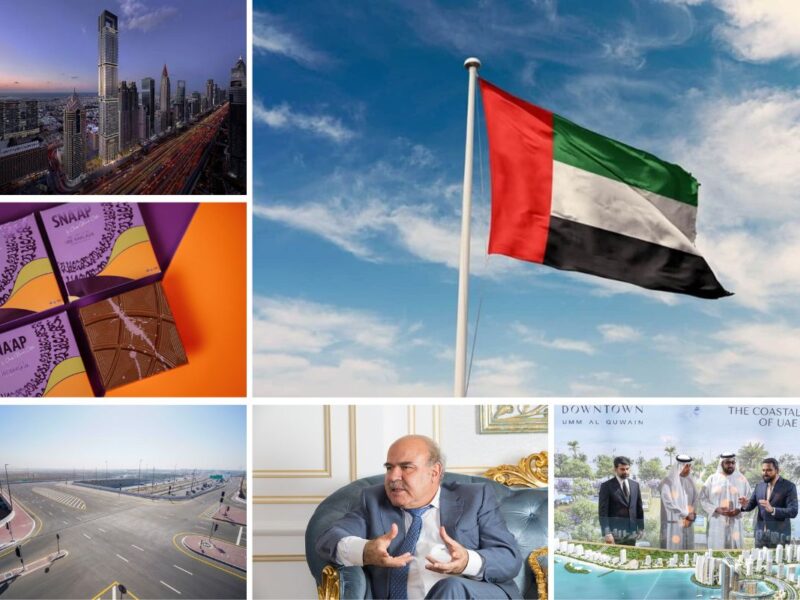1919:
Halliburton Oil Well Cementing Company was formed.
1960:
The company shortened its name to Halliburton.
1962:
Halliburton acquired Brown and Roots.
1995:
Dick Cheney, current US vice president, was appointed chairman and CEO of Halliburton.
February 25, 1998:
Halliburton announced its merger with rival Dresser Industries in a stock-swap valued at $7.7 billion.
From this deal, Dresser’s M.W. Kellogg division was combined with Halliburton’s Brown & Root subsidiary to form Kellogg, Brown & Root, which in 2002 was renamed KBR.
August 16, 2000:
Dick Cheney resigned from Halliburton to become George W. Bush’s presidential running mate for the Republican Party. David Lesar was named as Cheney’s replacement.
Cheney, who lead Halliburton for five years, received a retirement package worth an estimated $34 million.
Concerns have been raised over a possible conflict of interest arising from Cheney’s deferred compensation and stock options from Halliburton, which meant that while vice president he was still receiving payments from his former employer.
April 2001:
The Dresser division separated itself from Halliburton, minor its M.W.Kellogg subsidiary.
March 19, 2003:
President George Bush announced the start of the Iraq war.
March 25, 2003
:
Halliburton wins one of the first contracts for rebuilding post-war Iraq. KBR was awarded a contract by the US army to put out oil fires and make emergency repairs to Iraq’s oil infrastructure.
May 2003:
The US army admits the contract awarded without competition to KBR included operation of facilities and distribution of products.
Dec 2003:
An investigation found KBR had overcharged the Pentagon by $61 million for kerosene and other fuels as part of its no-bid contract to rebuild Iraq’s oil industry.
October 2004:
The FBI began investigating whether the Pentagon broke the law in awarding billions of dollars worth of contracts to Halliburton unfairly.
December 2004:
KBR and another of Halliburton’s units, DII Industries, filed for bankruptcy as part of a $4.2 billion plan to settle over 400,000 asbestos claims. Under the agreement, a trust was created to handle all current and future lawsuits against Halliburton and its subsidiaries.
It is estimated the litigation cost Halliburton around $4 billion in losses between 2002 and 2004.
The claims stem from Halliburton’s acquisition of Dresser and its subsidiary M.W. Kellogg.
March 2005:
The Pentagon released a report by its own auditors that found a $108.4 million overcharge by Halliburton for its services in Iraq.
April 2005:
The army held back $55 million billed by Halliburton until a dispute with the contractor about overcharging was settled.
July 13, 2006:
The US army announced plans to end the exclusive servicing contract awarded to Halliburton subsidiary KBR in Iraq. The army said the contract to provide food, shelter, laundry services and transport to US forces would be re-tendered and split between three companies, with a fourth firm to be hired to monitor performance.
Feb. 15, 2007:
US federal investigators informed a House of Representatives committee of $10 billion in wasteful or poorly tracked spending relating to the Iraq war and the reconstruction effort. Of the $10 billion in overpriced contracts or undocumented costs, investigators said Halliburton had charged more than $2.7 billion of it.
March 11, 2007:
Halliburton announced it plans to move its CEO and corporate headquarters from Houston, US, to Dubai, claiming it wanted to be closer to its most profitable markets. The company intends to maintain a corporate office in Houston.
The news was met with fierce criticism from American Democratic senators, with one describing it as an attempt at tax evasion and others accusing the company of turning its back on the US armed forces.
April 5, 2007:
Halliburton split off from its engineering and construction unit KBR, which has been a part of the company for 44 years.








